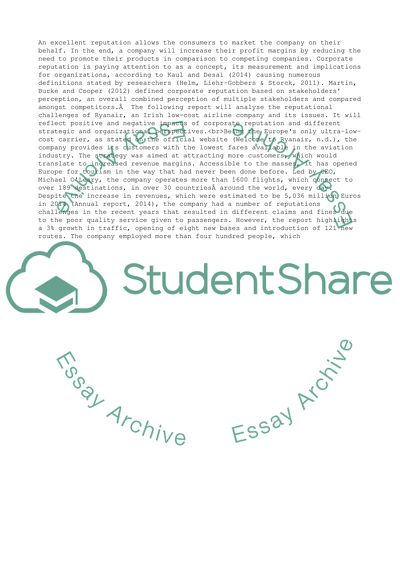Cite this document
(Managing Corporate Reputation Essay Example | Topics and Well Written Essays - 2000 words, n.d.)
Managing Corporate Reputation Essay Example | Topics and Well Written Essays - 2000 words. https://studentshare.org/business/1872061-managing-corporate-reputation
Managing Corporate Reputation Essay Example | Topics and Well Written Essays - 2000 words. https://studentshare.org/business/1872061-managing-corporate-reputation
(Managing Corporate Reputation Essay Example | Topics and Well Written Essays - 2000 Words)
Managing Corporate Reputation Essay Example | Topics and Well Written Essays - 2000 Words. https://studentshare.org/business/1872061-managing-corporate-reputation.
Managing Corporate Reputation Essay Example | Topics and Well Written Essays - 2000 Words. https://studentshare.org/business/1872061-managing-corporate-reputation.
“Managing Corporate Reputation Essay Example | Topics and Well Written Essays - 2000 Words”. https://studentshare.org/business/1872061-managing-corporate-reputation.


